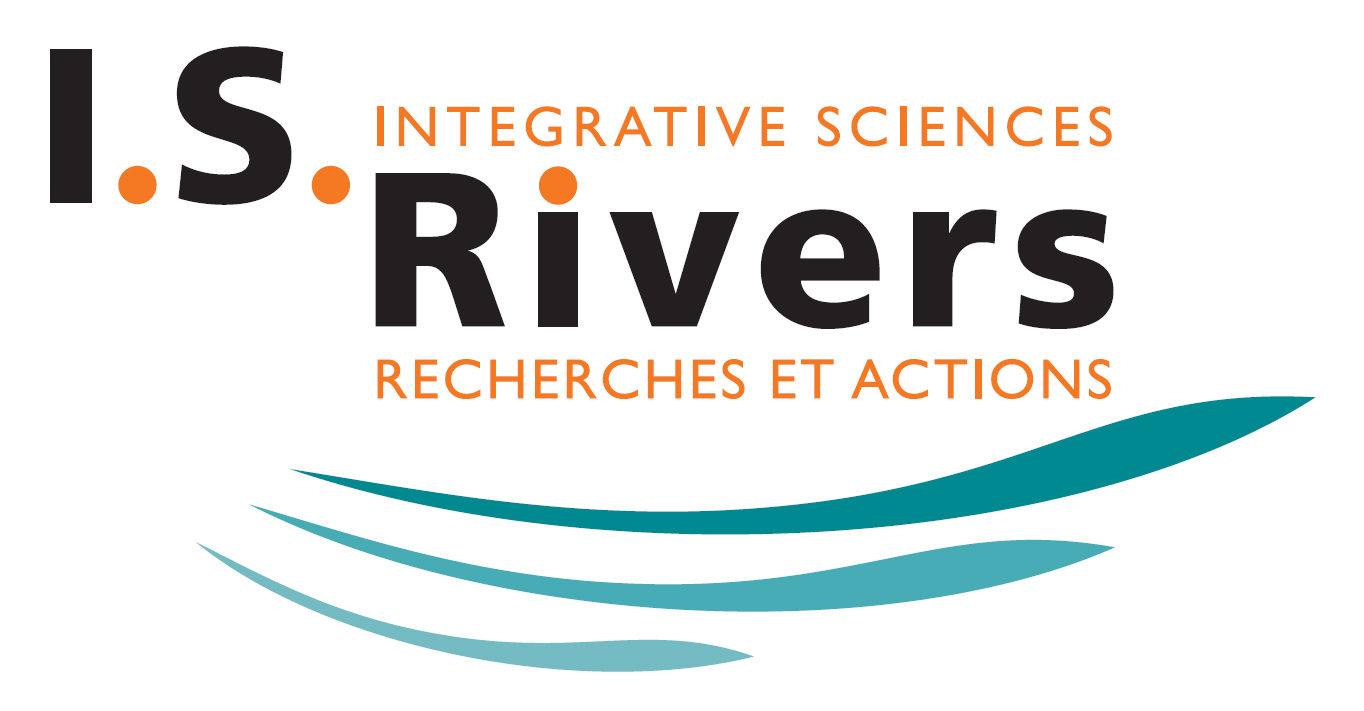Thursday 3rd of july – 08:30
08:30
Effects of morphological mitigation measures against ship-induced waves in freshwater ecosystems: A meta-analysis
AUTHORS
DITTRICH Anna-Lisa, BILOUS Olena, BRAUNS Mario, FUNK Andrea, HEIN Thomas, MEULENBROEK Paul, BONDAR-KUNZE Elisabeth
Austria
Short Abstract: Freshwater systems utilized for navigation are subject to various stressors. In addition to indirect effects such as river straightening or navigation channel dredging, ships exert a direct force on shoreline zones by increasing flow velocity and creating waves. This not only affects bank erosion and increases turbidity but also affects all groups of organisms and can alter entire food webs. To protect aquatic ecosystems from ship-induced waves, morphological mitigation measures can be implemented. These include in-stream structures such as gravel bar islands that act as breakwaters or shoreline measures such as modified groins that increase the shoreline complexity. To date, there is no comprehensive overview of the existing measures and their impacts on freshwater and transitional ecosystems. In this meta-analysis, we review and synthesize the existing wave protection structures and their effects on hydraulic processes such as wave height, abiotic processes such as erosion, and aquatic organisms at different trophic levels with implications for aquatic food webs.
08:50
Impact of Inland Navigation on the Environment
AUTHORS
CALLUAUD Damien, KAIDI Sami, BRANCHERIE Delphine, WEINGERTNER Franck, BELLANGER Romain, BERNARD Anthony, BOUCHER Olivier, CHATELLIER Ludovic, DOUCHIN Antoine, DUPUIS Laurent, GOMIT Guillaume, JARNY Sébastien, KERGRENE Kenan, LEFRANCOIS Emmanuel, MAUBANT Clément, OUCHENE Rafik, PINEAU Gérard, ROUSSEAU Jean-Carl, SALINESI Yves, SMAOUI Hassan
France
Short Abstract: The French river network comprises around 18,000 km of waterways, 8,500 of which are navigable. France has one of the longest networks of navigable waterways in Europe. With the increase in this type of transport, the problems associated with the river environment are going to become a key issue in optimising the use of waterways while protecting the environment and its biodiversity. The passage of a ship through a confined waterway generates significant currents and waves that are likely to interact directly with the environment. These interactions result in increased erosion and a higher concentration of suspended particles. The INFLUE project (Impact de la Navigation FLUviale sur l’Environnement – Impact of River Navigation on the Environment), funded by the French National Research Agency (ANR), aims to fill the scientific knowledge gap linked to the impact of river navigation on the mobilisation of sediments on banks and riverbeds. One objective is to characterise these hydrodynamic phenomena as a function of ship properties and hydraulic conditions (river morphology), using tank tests on hulls, numerical simulations and field measurements. From there, the relationship between these phenomena and the degradation/protection of the river environment will be studied. Analysis of the hydro-sedimentary coupling will make it possible to quantify the impact of navigation on the mobilisation of sediments and finally to quantify the stability of the banks.
09:10
The Connected River : Innovating for safe shared uses of the waterfronts and waterways
AUTHORS
MENÉ Noémi, BULTINK Benno
France
Short Abstract: The Connected River project is an EU-funded transnational innovation project which aims to tackle challenges related to shared waterways and waterfronts. Waterways and waterfronts are vital for the economy, ecology, and quality of life in the North Sea region. However, their changing and increasing shared use causes a decrease in safety, accessibility, and livability. Connected River addresses those issues by, mobilizing multi-stakeholder ecosystems, conducting user centric, agile innovation, and accelerating the uptake of digital/smart solutions. Based on the lessons learned out of 6 local pilot areas, the project delivers a playbook on the approach called Flow Forward and a road map on how to integrate this into innovation strategies. The experimentations in the pilot areas range from nudging safe leisure boating in the river Ij (Netherlands), to using art to bring people in discarded waterfronts areas in Vordingborg (Denmark) and creating an scavenger hunt app to help students discover the port of Hamburg (Germany) and its jobs.
